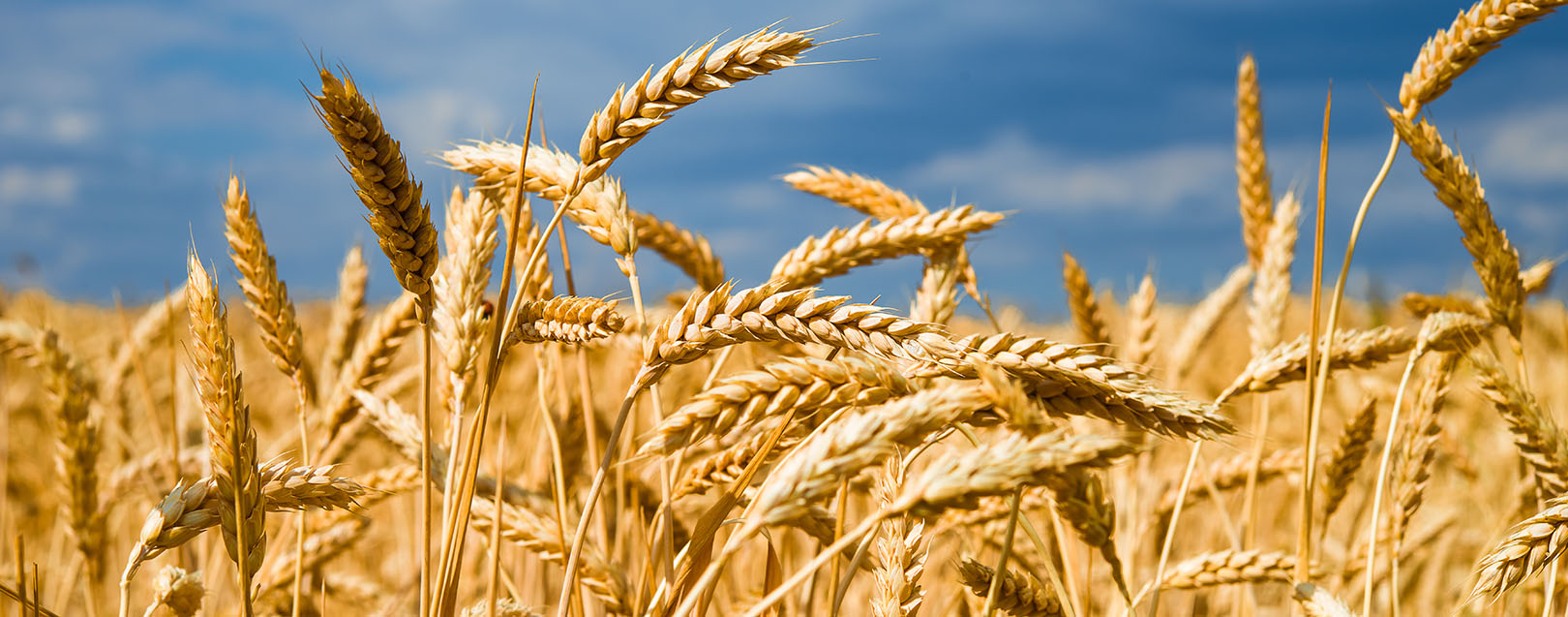Odisha Shifts Rabi Strategy Towards Self-Reliance and Climate Resilience

Government focuses on pulses, oilseeds, and irrigation to empower farmers and cut import dependence
Bhubaneswar : In a bid to transform its agricultural landscape beyond paddy dependency, the Odisha government has unveiled a renewed strategy for the Rabi season of 2025–26, focusing on climate resilience, crop diversification, and self-reliance in food production. Deputy Chief Minister Kanak Vardhan Singh Deo announced that around 29.3 lakh hectares of land will be brought under cultivation for various crops during the upcoming Rabi season.
Unlike previous years, this year’s campaign places stronger emphasis on pulses and oilseeds — two high-demand crops that Odisha largely imports from other states. Of the total cultivation area, 15.13 lakh hectares will be devoted to pulses, 3.7 lakh hectares to oilseeds, 4.97 lakh hectares to vegetables, 1.15 lakh hectares to spices and condiments, and 0.21 lakh hectares to sugarcane. The government has set ambitious production targets — 23.26 lakh tonnes of foodgrains, 8.2 lakh tonnes of pulses, and 4.21 lakh tonnes of oilseeds.
Launching the Rabi Campaign 2025–26 at a state-level conference in Bhubaneswar, Singh Deo stressed that achieving these goals will require seamless coordination among departments, timely supply of seeds and fertilizers, and constant field monitoring. “Strong leadership, dedicated supervision and result-driven execution are essential to ensure benefits reach the grassroots level and make this Rabi season productive, prosperous, and climate-resilient,” he said.
Development Commissioner Anu Garg highlighted that the government aims to provide irrigation to 90 per cent of Odisha’s cultivable land, a crucial step in reducing the vulnerability of farmers to erratic rainfall. She emphasized the responsible use of water resources to ensure long-term sustainability in farming.
Principal Secretary of Agriculture and Farmers’ Empowerment Department, Dr Arabinda Kumar Padhee, said the Rabi programme has been designed to boost productivity and coverage of pulses and oilseeds with the broader aim of making Odisha self-reliant (Atmanirbhar) in these sectors. To support research and innovation, a Memorandum of Understanding has been signed between the Directorate of Agriculture and Food Production and the International Centre for Agricultural Research in the Dry Areas (ICARDA) for developing improved crop varieties suited to local agro-climatic conditions.
The conference also reviewed progress and strategies for key central and state-sponsored schemes such as the Prime Minister Dhan Dhanya Krishi Yojana, National Food Security Mission on Pulses, NMEO-Oilseed, National Horticulture Mission, Jackfruit Mission, Rashtriya Krishi Vikas Yojana, and Pradhan Mantri Krishi Sinchai Yojana. State-driven initiatives like Shree Anna Abhiyan (millets promotion), Rice Fallow Management, and Balabhadra Jaivik Chasa Mission were also discussed as complementary programs to enhance farmer income and nutritional security.
By prioritizing high-value crops, improving irrigation, and integrating scientific research, the Odisha government aims to shift its agriculture from subsistence to sustainability. This approach not only promises better income opportunities for farmers but also seeks to protect rural livelihoods from climate-induced vulnerabilities.









